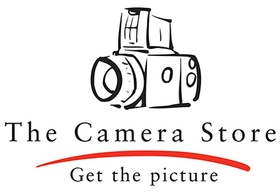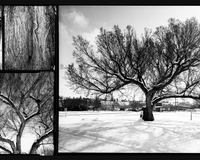The Camera Store Blog

Canon Cashback Event
Upgrade your gear and SAVE BIG during Canon’s Cashback Event! With cash rebates of up to $150 on select products, this limited-time offer is too good to miss.

Fun In The Sun: Vlogging Throughout The Summer

How to Stand Out in a Sea of Amazing Creators

Tamron April Sale

Nikon April Sale

Why Delkin Black Memory Cards are the Secret Sauce For Photographers

How To Create & Share POV Videos On YouTube

Canon April Savings

Large Format Tree Portrait, Before They Cut it Down
The demise of Kodak has been especially hard on film photographers the past few years. It’s hard to believe a photographic company as grand as Kodak can be in the position they are today. (Nobody really knows what’s happening at Kodak).
In Canada, it’s hard to get any Kodak film stocks, black and white or colour, and harder to find any Kodak black and white chemistry to keep us darkroom ghosts developing our film and making silver prints.

How to Choose the Right Strobe or Flash for Portrait Photography

Tamron 28-75mm F2.8 G2 Now Available in Nikon Z Mount







